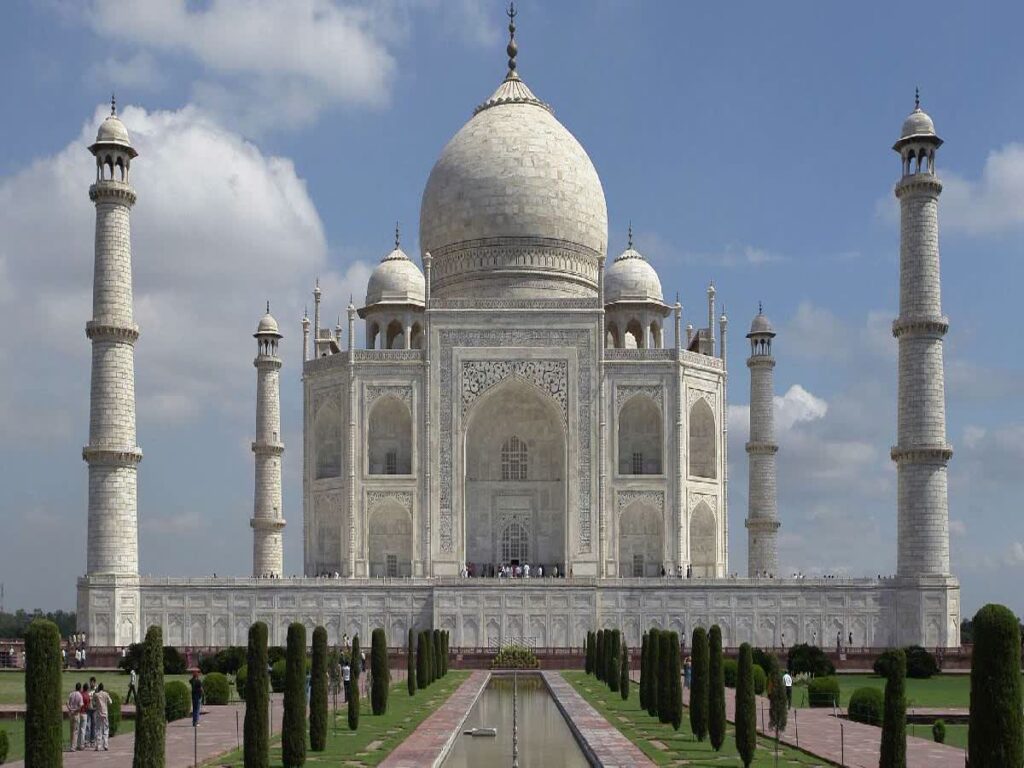Jahanvi Agarwal
In a recent development, the Delhi High Court has directed the Archaeological Survey of India (ASI) to review a representation submitted by the Hindu Sena organization. The organization is seeking to publish what they believe to be the “accurate history” of the Taj Mahal.
The Bench, comprising Chief Justice Satish Chandra Sharma and Justice Tushar Rao Gedela, has concluded a Public Interest Litigation (PIL) that questioned the commonly accepted belief that the Taj Mahal was built by the Mughal Emperor Shah Jahan. Instead, the petitioner, Hindu Sena President Surjit Singh Yadav, contends that the Taj Mahal was originally a palace constructed by Raja Man Singh and later renovated by Shah Jahan.
Previously, the petitioner had taken a similar matter to the Supreme Court, which advised the organization to submit their representation to the ASI. As of now, the ASI has not reached a decision on this matter, and the High Court has now prompted them to examine the representation.
Yadav’s PIL seeks to rectify what he deems to be “historically incorrect facts” regarding the Taj Mahal’s construction in history books. He has called upon the ASI, the Central government, the National Archives of India, and the Uttar Pradesh government to make these changes. Additionally, the petitioner has requested an investigation into the Taj Mahal’s age and the existence of Raja Man Singh’s palace.
Yadav argues that he has conducted extensive research on the Taj Mahal and believes it’s essential to correct historical inaccuracies and provide accurate information about this iconic monument.
He cites a book titled ‘Taj Museum’ by ZA Desai, which suggests that the Taj Mahal was built on the site of Raja Man Singh’s mansion, which remained intact and was in the possession of his grandson, Raja Jai Singh when Mumtaz Mahal was buried.
According to Yadav, the Taj Mahal’s current structure is, in essence, a modification and renovation of Raja Man Singh’s existing mansion. The petitioner also points out that historical records do not mention the demolition of Raja Man Singh’s mansion to build the Taj Mahal.
Case Name: Surjt Singh Yadav v. UOI & Ors.
Bench: Chief Justice Satish Chandra Sharma and Justice Tushar Rao Gedela

